The monograph offers a unique version of the Ramayana from Laos, considered as an "out-post" of Indian civilization in South-East Asia. The original palm leaf manuscript of the Gvay Dvorahbi which forms the basis of this study was preserved in the collection of the Royal Palace. Luang Prabang in 1970s. The title of the text pronounced as Khvay Thuaraphi, buffalo Dundabhi is a well-known character of the Valmiki Ramayana in its Kiskindha Kanda, with this title, however, the whole story of the Ramayana has been narrated by the Laotian author. In its introductory chapter, the reader rediscovers the interesting process of localization by which the events of the Ramayana have been placed in different parts of Laos. This section also explores the elements of Laotian folklore integrated into the Ramayana story. The following chapter (II), critically compares Gvay Dvorahbi with the Indian and extra Indian versions of the story of Rama. Chapter III offers an annotated English translation of the Laotian text, Chapter IV comments on the mural paintings of Vat Oup-Moung in Vientiane, (Laos) which describes the study of Ramayana in 33 panels as known to the Laotian painter. These panels assume greater importance today as the edifice whose walls they adorned have been recently demolished in course of reinnovation of the monasteries. Chapter V offers the text of the Gvay Dvorahbi in the Laotian language and script as copied from the original Yuan manuscript by the scribes of the royal palace. In an illuminating foreword, Professor Suniti Kumar Chatterjee, the renowned Indian linguist, highlights the importance of this publication in the study of Ramayana and the culture of Laos.
The Buddhist Ramayana Phra Lak Phra Lam: Original Text, Translation and Critical Study: Translation in English from Laotian Language (In 2 Volumes, 4 Parts)
This publication (in two ...
$417.60
$464.00

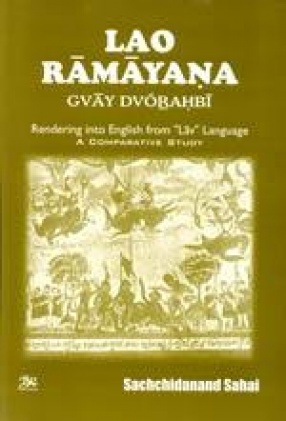
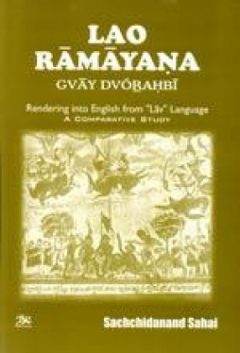
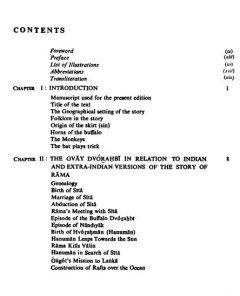
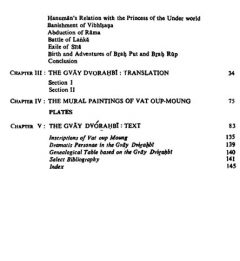
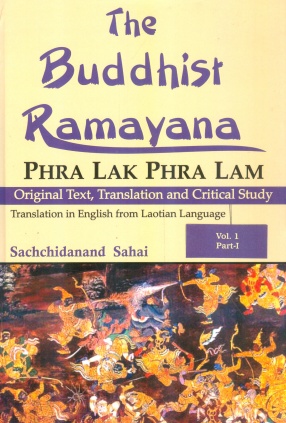
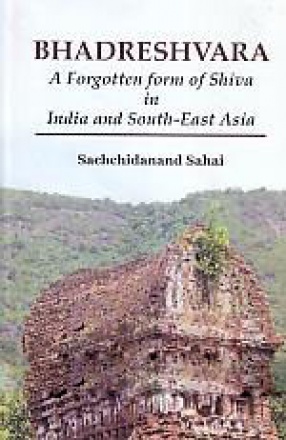
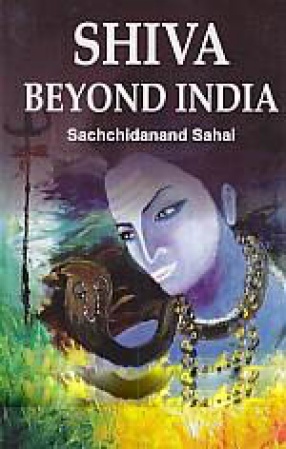
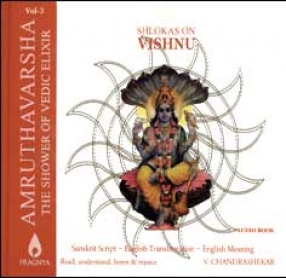

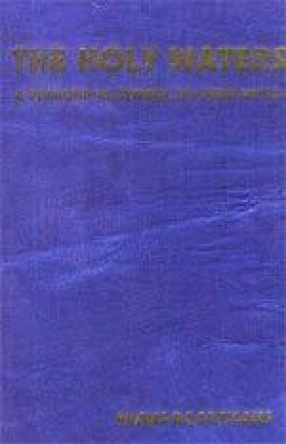
There are no reviews yet.